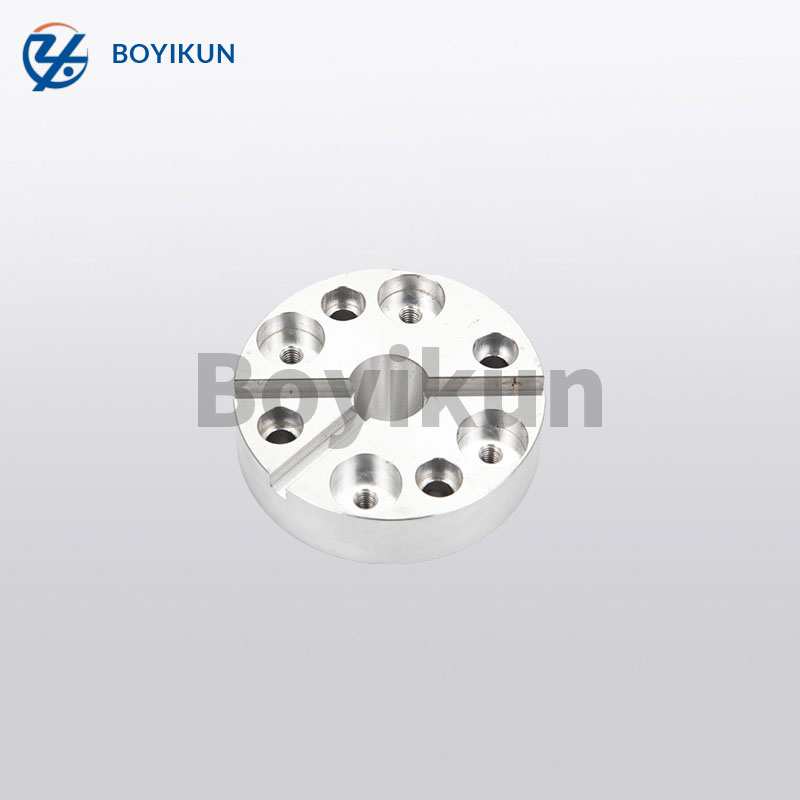Abstract:1. Create Wide Corner Radius
End mills automatically le...
1. Create Wide Corner Radius
End mills automatically leave rounded corners. A larger corner radius means a larger tool can be used to cut the corner, reducing run time and therefore cost. In contrast, tight inside corner radii require both a small tool to machine the material and more passes—often at slower speeds to reduce the risk of deflection and tool breakage.
For optimal design, always use the largest possible corner radius, with a 1/16″ radius as a lower limit. Corner radii smaller than this value require very small tools, and the runtime increases exponentially. Also, if possible, try to keep the inner corner radius the same. This helps eliminate tool changes that add complexity and significantly increase runtime.

2. Avoid deep pockets
Parts with deep cavities are often time consuming and expensive to manufacture.
The reason is that these designs require fragile tools that tend to break during machining. To avoid this, the end mill should be "decelerated" gradually in even increments. For example, if you have a 1″ deep groove, you can repeat a 1/8″ dowel depth pass followed by a final finish pass with a 0.010″ depth cut.
3. Use standard drill and tap sizes
Using standard tap and drill sizes will help reduce time and
cold forged parts cost. When drilling, keep the dimensions as standard fractions or letters. If you are unfamiliar with drill and end mill sizes, it is safe to assume that traditional fractions of an inch (such as 1/8", 1/4" or whole numbers of millimeters) are "standard". Avoid measurements like 0.492" or 3.841 mm. For taps, 4-40 taps are more common and usually more available than 3-48 taps.
